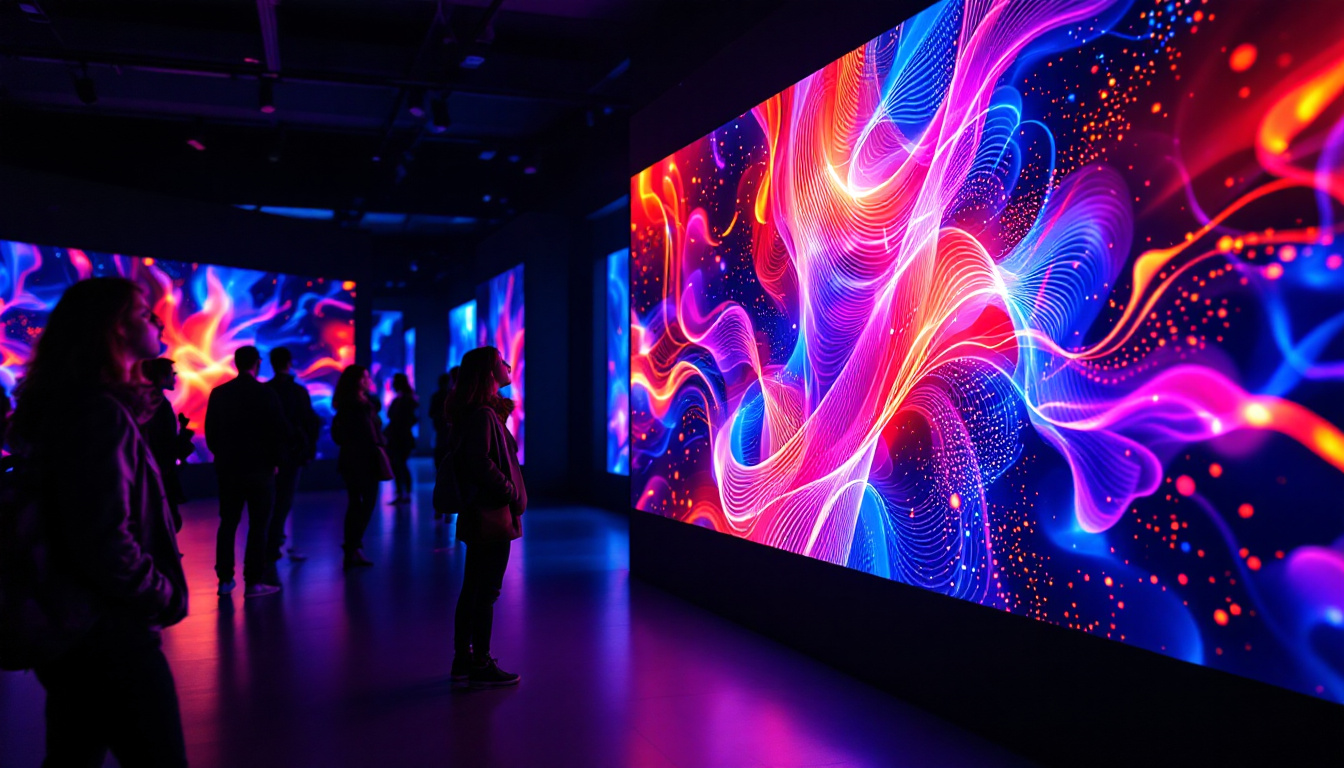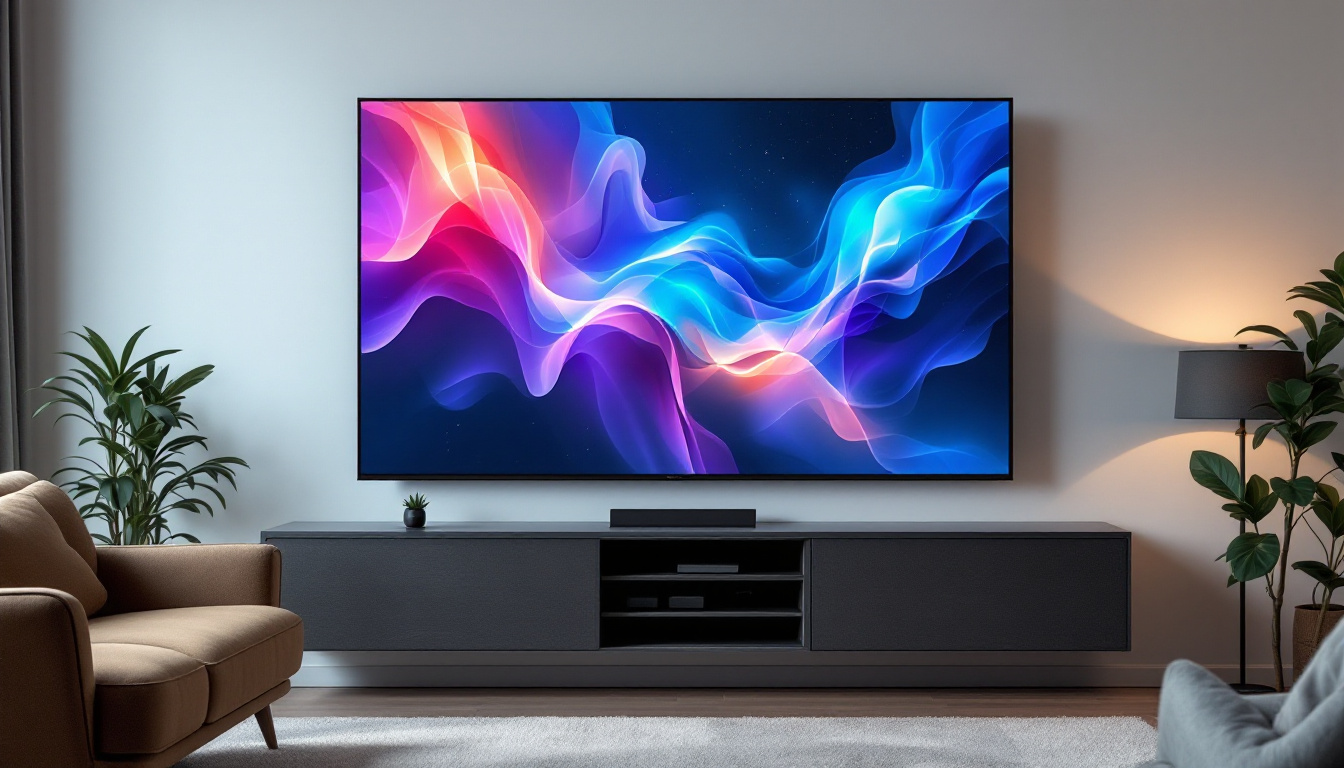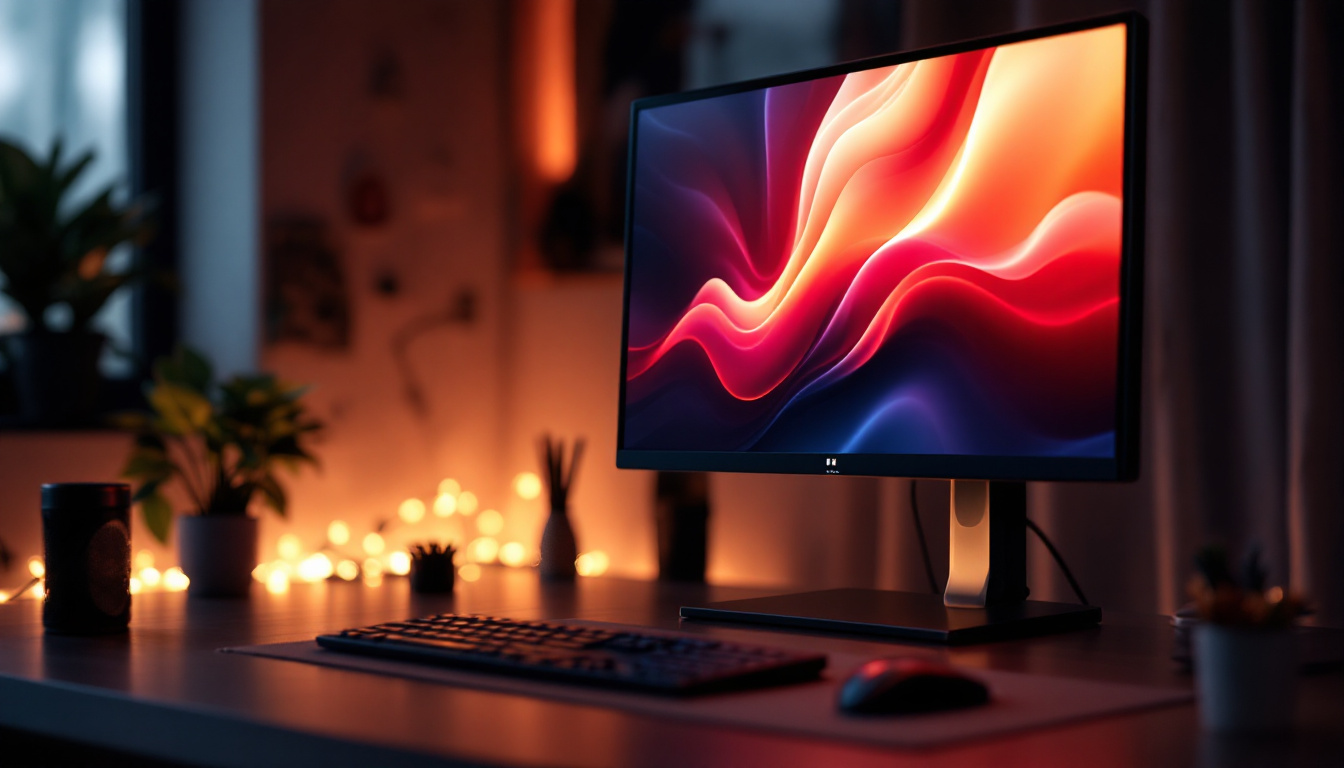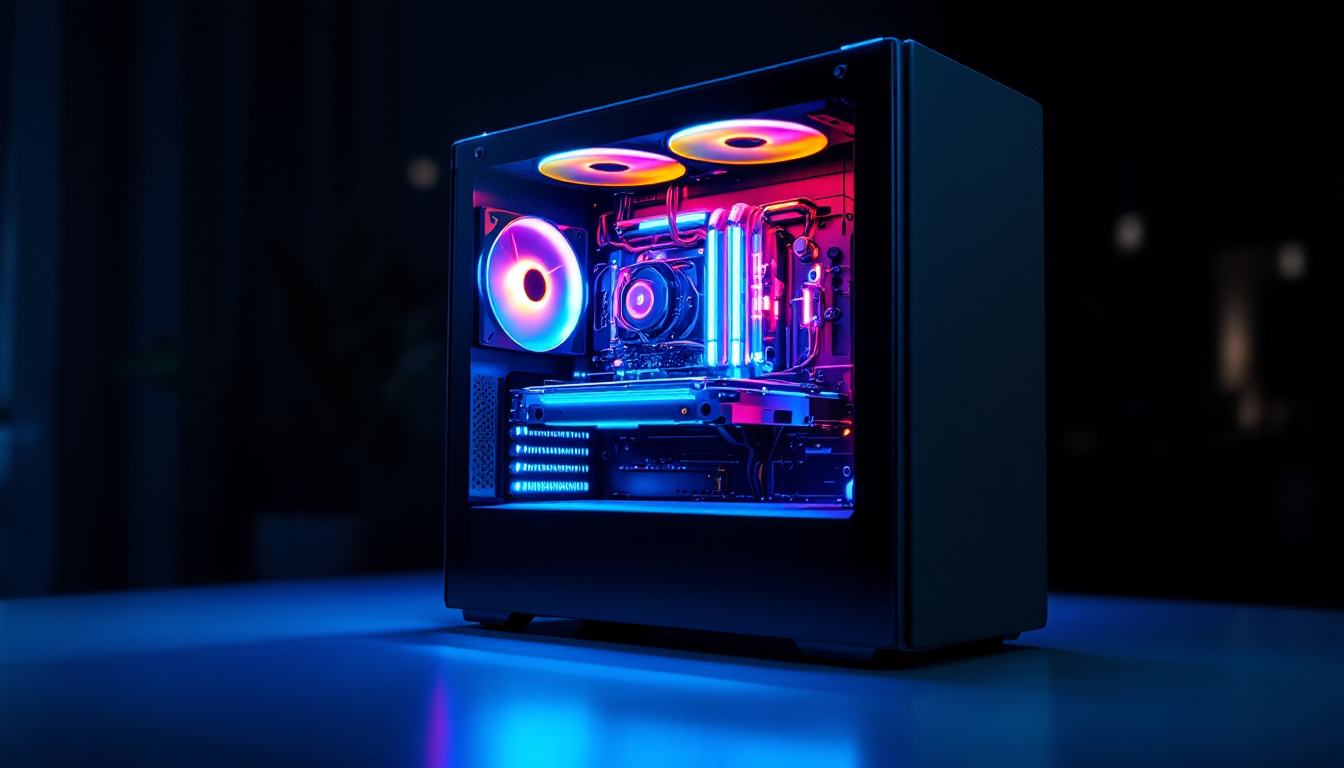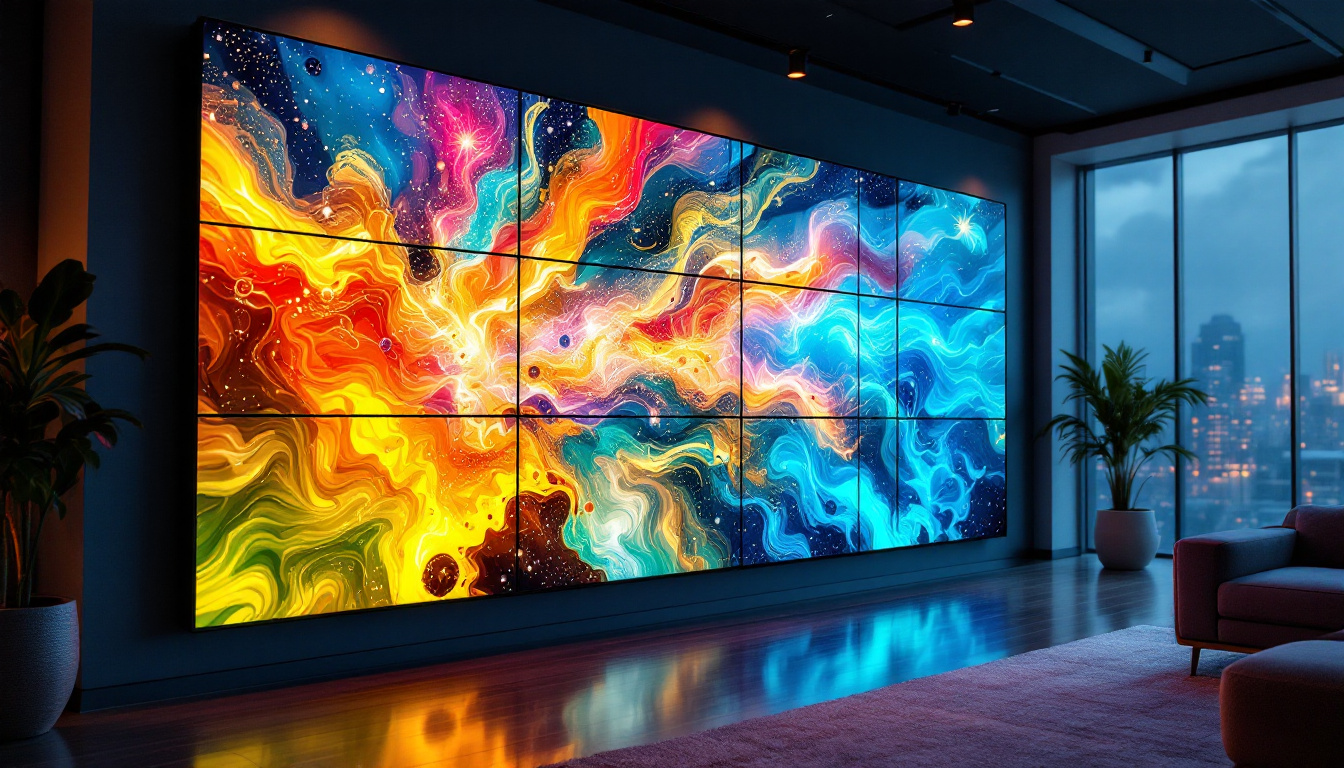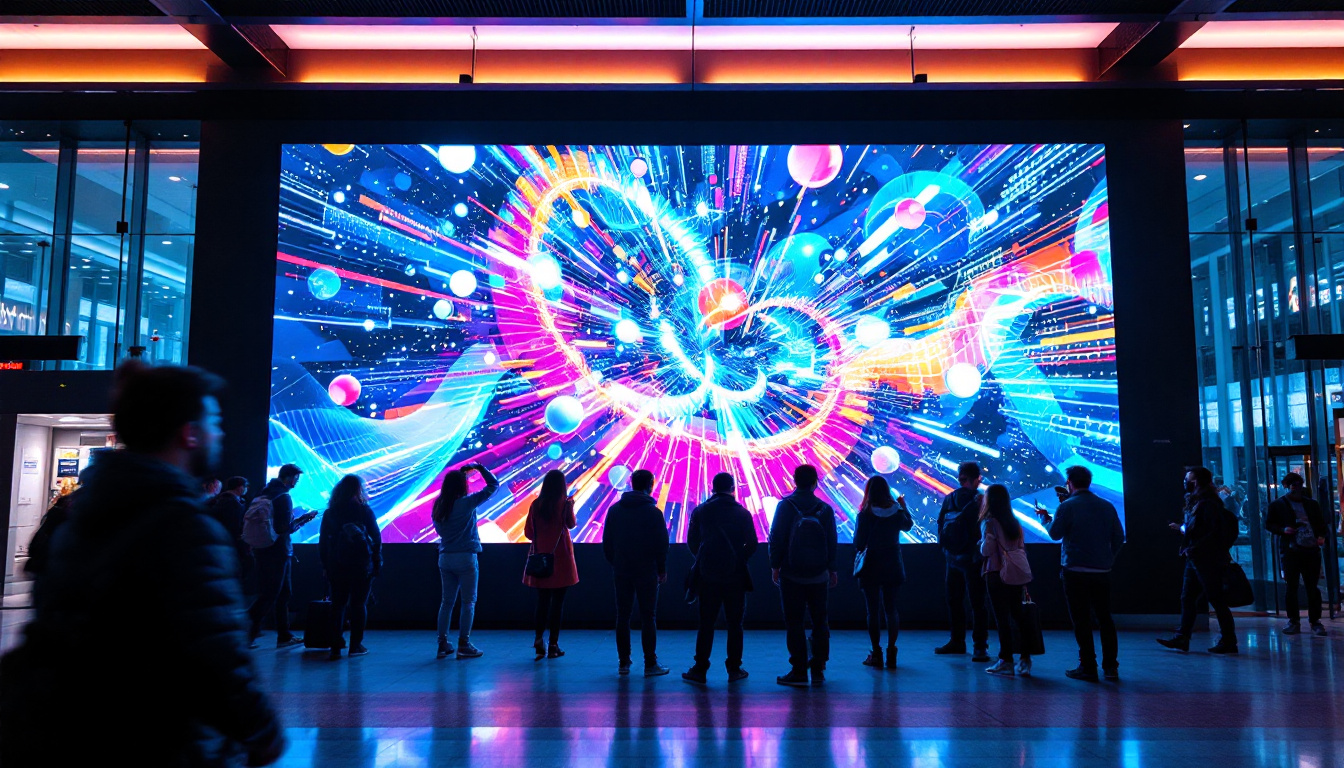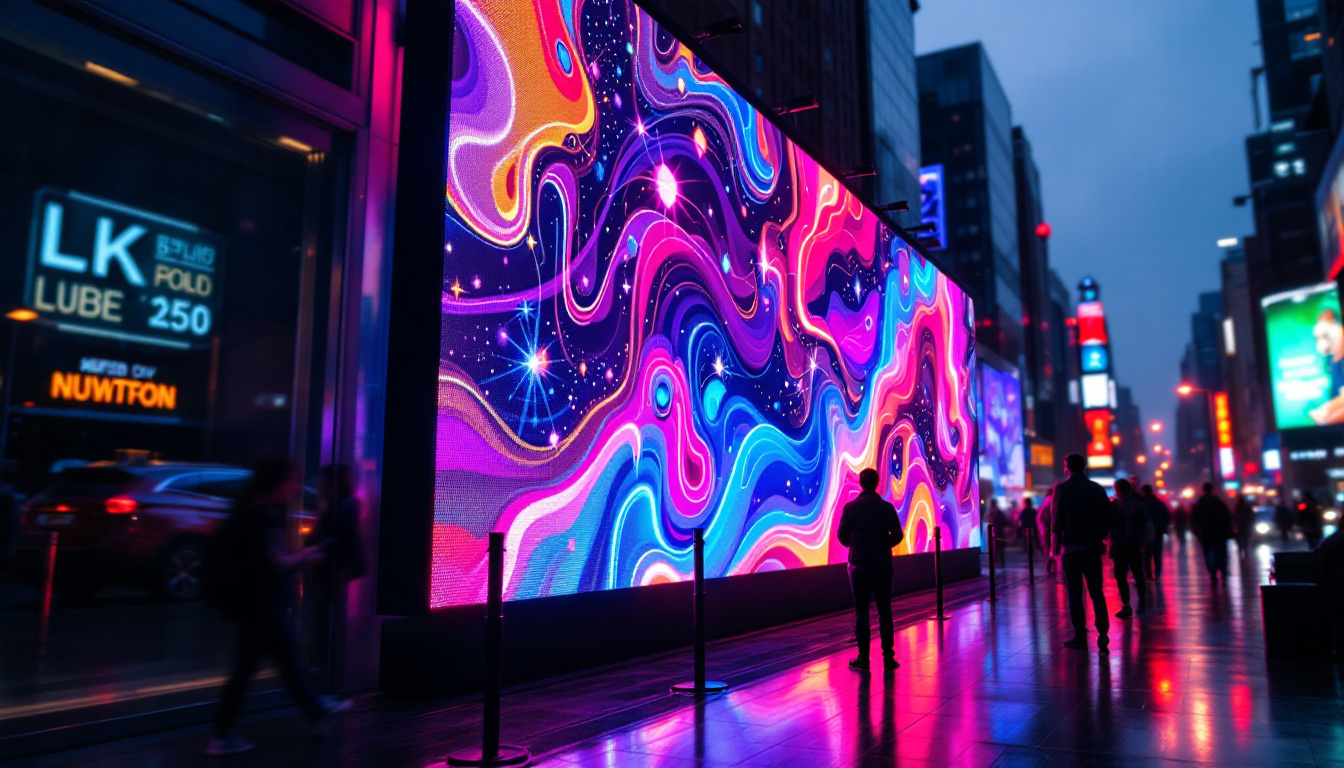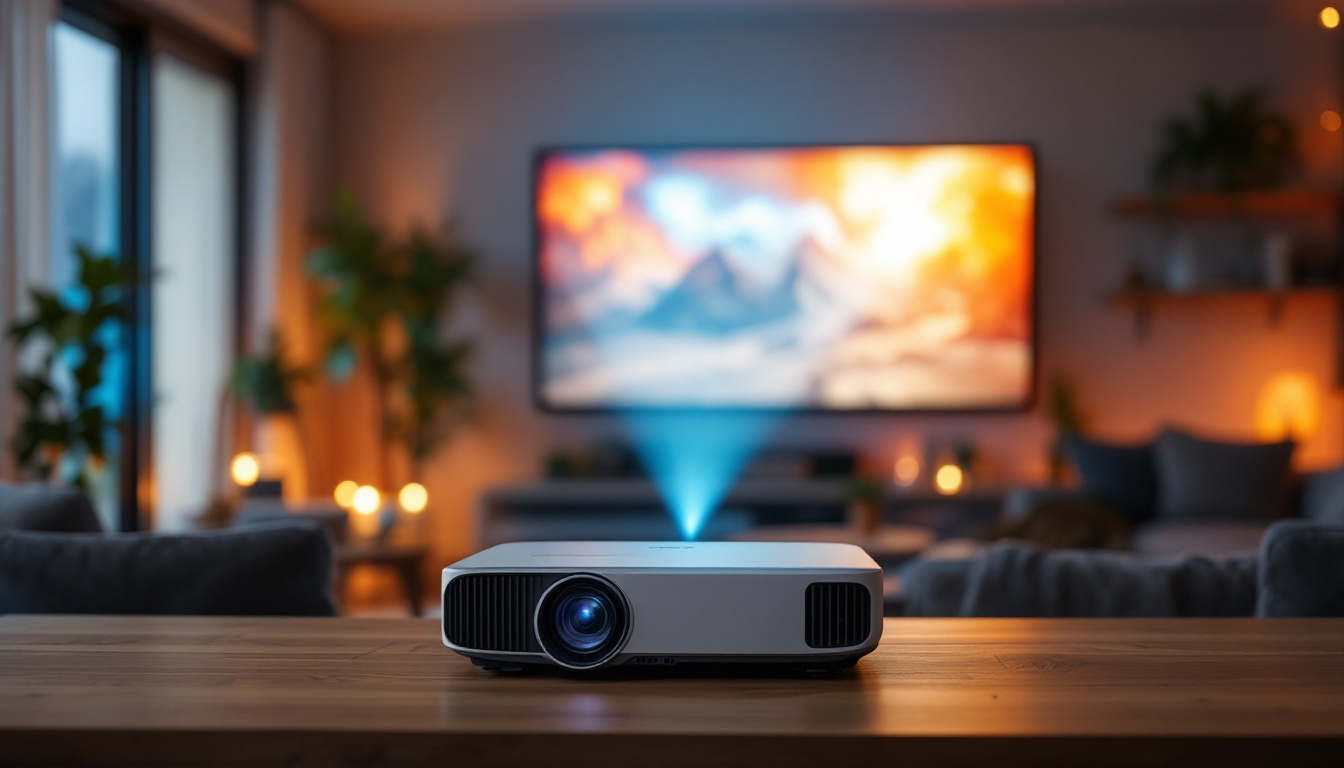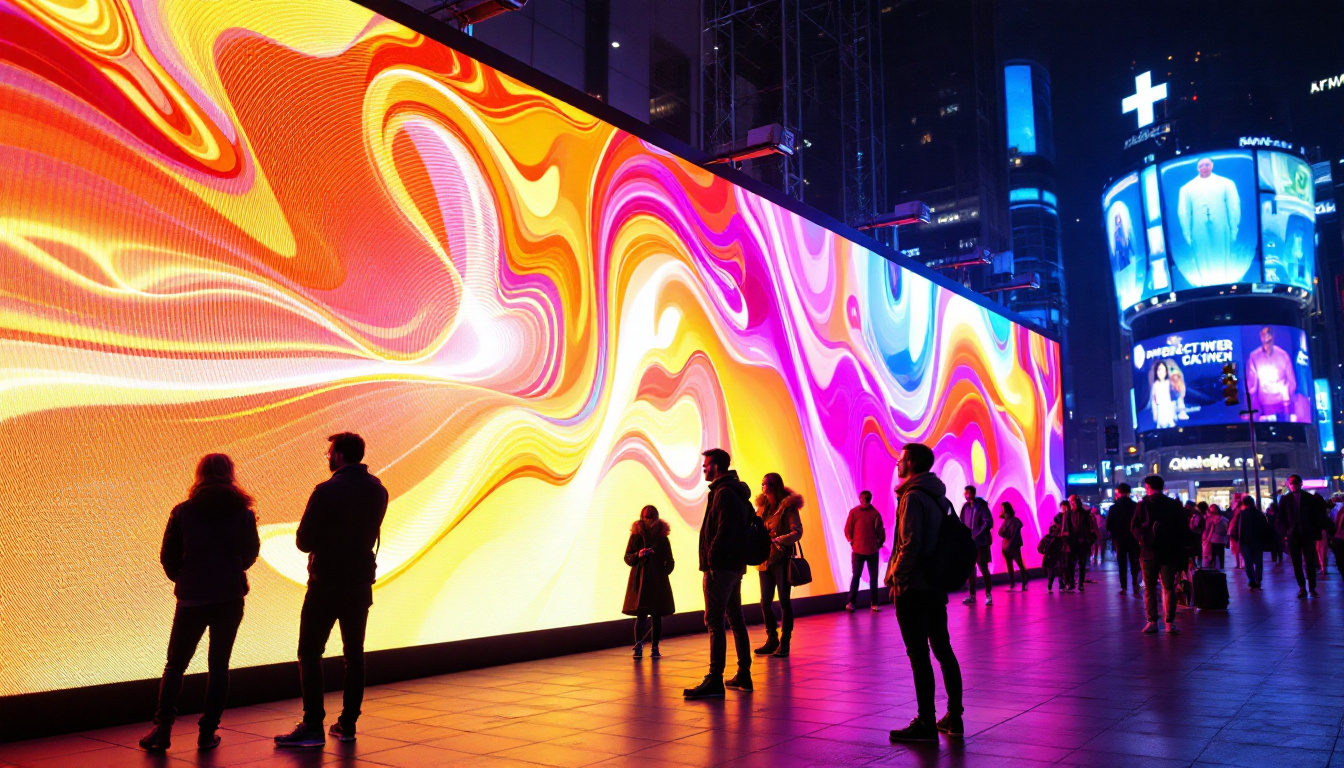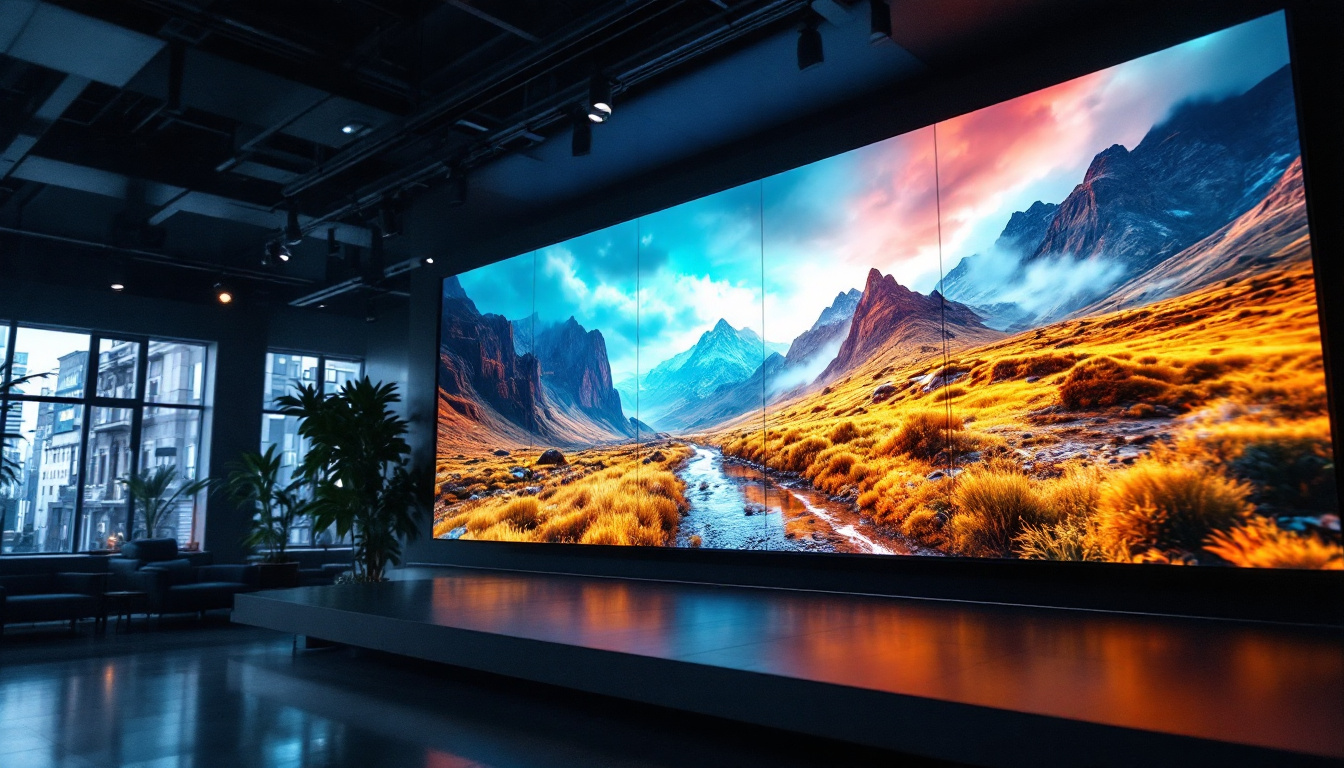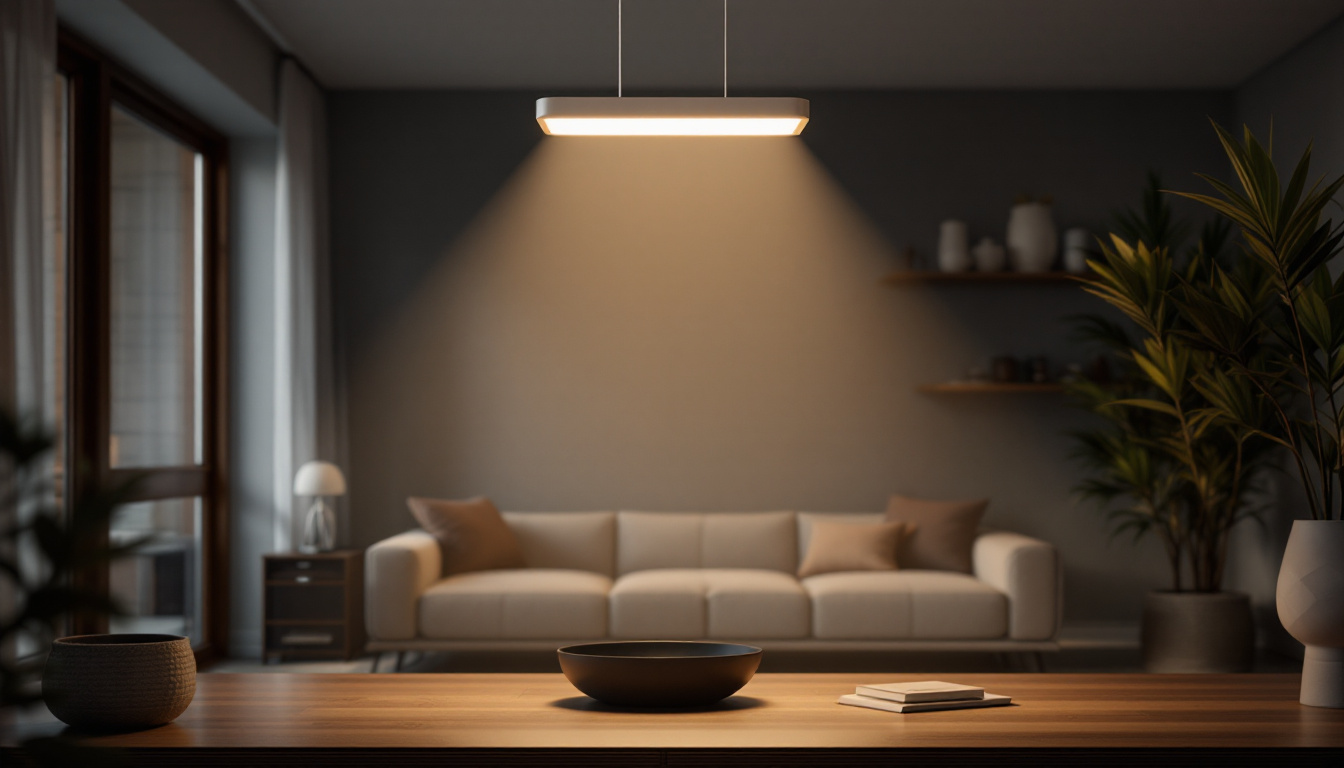In the world of digital displays, the quality of an image is often judged by how vibrant and clear it appears. One of the most critical factors influencing this perception is the contrast ratio. For LED displays, understanding and calculating contrast ratio is essential for manufacturers, designers, and consumers alike. This article delves into the concept of contrast ratio, its significance in LED displays, and how a contrast ratio calculator can be a valuable tool in optimizing display performance.
What Is Contrast Ratio and Why Does It Matter?
Contrast ratio is a measure of the difference between the brightest white and the darkest black a display can produce. It is typically expressed as a ratio, such as 1000:1, which means the brightest white is 1000 times brighter than the darkest black. This ratio plays a pivotal role in determining the perceived image quality, affecting everything from color accuracy to detail visibility in shadows and highlights.
For LED displays, which are widely used in televisions, monitors, smartphones, and large-scale digital signage, contrast ratio directly impacts user experience. A higher contrast ratio generally means deeper blacks and more vivid colors, contributing to a more immersive and realistic viewing experience. Conversely, a low contrast ratio can result in washed-out images where details are lost, especially in dark scenes. This is particularly noticeable in cinematic experiences where shadow detail is crucial for storytelling, making contrast ratio a key factor in the overall enjoyment of films and video games.
The Science Behind Contrast Ratio in LED Displays
LED (Light Emitting Diode) displays function by illuminating pixels with tiny LEDs. The contrast ratio depends on how effectively these LEDs can switch off to produce true blacks and how brightly they can illuminate to achieve whites. Unlike traditional LCDs, which rely on backlighting and can suffer from light bleed, LED displays, especially OLED variants, can turn off individual pixels completely, resulting in near-infinite contrast ratios.
However, not all LED displays are created equal. Edge-lit LED displays often have lower contrast ratios compared to full-array or OLED displays due to differences in backlighting technology. Understanding these nuances is crucial when evaluating or designing LED displays for specific applications. For instance, in professional settings like graphic design or video editing, a high contrast ratio is essential for accurately assessing color gradations and ensuring that the final output is true to the creator’s vision. Additionally, the environment in which a display is used can also affect perceived contrast; ambient lighting conditions can either enhance or diminish the effectiveness of a display’s contrast ratio, making it important to consider when setting up a viewing area.
How to Calculate Contrast Ratio for LED Displays
Calculating the contrast ratio involves measuring the luminance (brightness) of the display’s brightest white and darkest black. The formula is straightforward:
Contrast Ratio = Luminance of White / Luminance of BlackHere, luminance is measured in candelas per square meter (cd/m²), also known as nits. For example, if a display’s brightest white measures 500 cd/m² and its darkest black measures 0.5 cd/m², the contrast ratio is 1000:1.
Using a Contrast Ratio Calculator
A contrast ratio calculator simplifies this process by allowing users to input luminance values and instantly receive the contrast ratio. This is particularly useful during the design and testing phases of LED displays, where multiple measurements are taken under different conditions. The accuracy of these measurements can significantly impact the visual quality of the display, making it crucial for manufacturers to adopt precise methodologies.
Modern contrast ratio calculators often come with features such as:
- Support for multiple measurement units
- Adjustment for ambient lighting conditions
- Comparison tools for different display models
- Data logging for performance tracking over time
These tools help engineers and quality assurance teams ensure that the displays meet required standards and perform optimally in real-world environments. Furthermore, understanding contrast ratios is essential for content creators and designers, as it influences how images and videos are perceived by the audience. A higher contrast ratio typically results in more vibrant colors and deeper blacks, which can enhance the overall viewing experience.
In addition to the practical applications of contrast ratio calculations, it is worth noting that advancements in display technology, such as OLED and Mini-LED, are pushing the boundaries of what is achievable in terms of contrast. These technologies often boast higher contrast ratios compared to traditional LED displays, allowing for more dynamic and immersive visual experiences. As a result, keeping abreast of these developments is vital for anyone involved in the design and production of visual content, ensuring that they can leverage the latest innovations to captivate their audience effectively.
Factors Affecting Contrast Ratio in LED Displays
Several factors influence the contrast ratio of LED displays, making it essential to consider them when interpreting measurements or designing displays.
Backlighting Technology
As mentioned earlier, the type of backlighting plays a significant role. Full-array local dimming (FALD) LED displays can dim specific zones of the backlight, improving black levels and contrast ratio. In contrast, edge-lit displays have less precise control, often resulting in lower contrast. Furthermore, advancements in quantum dot technology are beginning to enhance backlighting systems, allowing for more vibrant colors and deeper blacks, which can further elevate the overall viewing experience. The integration of OLED technology, which emits light at the pixel level, also presents an alternative that can achieve near-perfect contrast ratios by turning off individual pixels completely.
Ambient Light and Viewing Environment
Ambient lighting can drastically affect perceived contrast. Even a display with a high native contrast ratio may appear washed out in bright environments. Some contrast ratio calculators include settings to simulate ambient light conditions, providing a more accurate assessment of real-world performance. Additionally, the positioning of the display in relation to light sources can create reflections or glare, further complicating the viewing experience. For optimal performance, many manufacturers recommend specific viewing environments, such as controlled lighting conditions, to ensure that users can fully appreciate the display’s capabilities.
Display Panel Quality and Calibration
The quality of the display panel itself, including its ability to control light leakage and its color accuracy, impacts contrast ratio. Proper calibration ensures that luminance levels are measured accurately and that the display performs as intended. This calibration process can involve adjusting settings such as brightness, contrast, and color balance to align with industry standards. Additionally, high-end displays often feature advanced calibration tools that allow for fine-tuning based on the specific content being viewed, whether it be gaming, film, or professional graphic design work, thus maximizing the display’s potential.
Measurement Methodology
Different standards exist for measuring contrast ratio, such as ANSI contrast, which uses a checkerboard pattern to measure luminance, and full-on/full-off contrast, which measures the luminance of a fully white screen against a fully black screen. The choice of method can affect the reported contrast ratio, so clarity about the measurement approach is essential. Moreover, some manufacturers may employ proprietary methods that could yield higher contrast ratios under specific conditions, which can create discrepancies in reported figures across different brands. Understanding these nuances is crucial for consumers and professionals alike, as it allows for informed decisions when selecting displays for various applications, from home theater setups to professional editing suites.
Applications of Contrast Ratio in LED Display Industries
Understanding and optimizing contrast ratio is vital across various sectors that rely on LED displays.
Consumer Electronics
In televisions, monitors, and smartphones, manufacturers use contrast ratio as a key selling point. High contrast ratios are associated with premium devices, offering users enhanced viewing experiences for movies, gaming, and general use.
Digital Signage and Advertising
Outdoor and indoor digital signage benefit from high contrast ratios to ensure visibility in diverse lighting conditions. For example, a billboard in direct sunlight requires a display with a high contrast ratio and brightness to remain legible and attractive.
Medical Imaging and Professional Use
In fields like medical imaging, where detail accuracy is critical, displays with high contrast ratios enable better differentiation of subtle shades and textures. This can improve diagnostic accuracy and reduce eye strain for professionals.
Future Trends in Contrast Ratio and LED Display Technology
The pursuit of higher contrast ratios continues to drive innovation in LED display technology. Emerging trends include:
Advancements in OLED and MicroLED
OLED displays offer near-infinite contrast ratios by turning off individual pixels completely. MicroLED technology promises similar benefits with improved brightness and longevity, potentially setting new standards for contrast performance.
Dynamic Contrast Enhancement
Software-driven dynamic contrast enhancement adjusts luminance levels in real-time based on content, improving perceived contrast without hardware changes. This approach is becoming more sophisticated with AI integration.
Improved Measurement Tools
Next-generation contrast ratio calculators incorporate advanced sensors and algorithms to provide more precise and context-aware measurements. These tools help manufacturers fine-tune displays for specific use cases.
Conclusion
Contrast ratio is a fundamental parameter in assessing and optimizing LED display quality. By understanding how to calculate and interpret contrast ratio, stakeholders can make informed decisions that enhance visual performance and user satisfaction. Whether in consumer electronics, professional applications, or digital signage, leveraging contrast ratio calculators and staying abreast of technological advancements ensures that LED displays continue to deliver stunning and accurate images.
As LED technology evolves, the importance of precise contrast ratio measurement and optimization will only grow, making it a critical focus area for anyone involved in display technology.
Discover LumenMatrix’s Advanced LED Display Solutions
Ready to experience the pinnacle of contrast ratio and LED display technology? LumenMatrix is at the forefront of innovation, offering a diverse range of LED display solutions tailored to meet your needs. From vibrant Indoor LED Walls to dynamic Outdoor LED Displays and beyond, our products are designed to captivate your audience and amplify your message. Elevate your visual communication with our cutting-edge technology. Check out LumenMatrix LED Display Solutions today and transform your space into a visually stunning experience.



